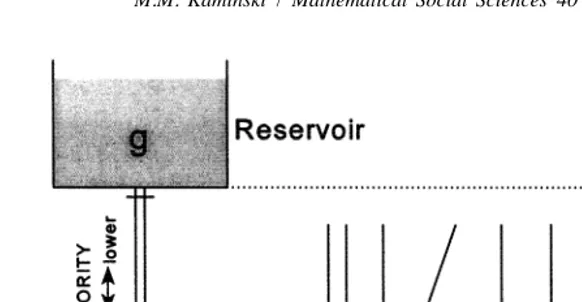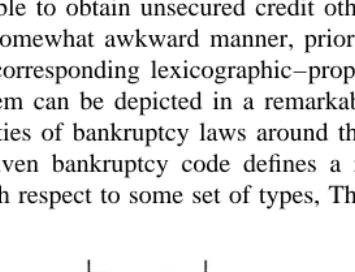Directory UMM :Data Elmu:jurnal:M:Mathematical Social Sciences:Vol40.Issue2.Sep2000:
Teks penuh
Gambar




Dokumen terkait
(2) Theorem 7(b) for Banach spaces and Γ = X ′ is proved in [9]; the case of complete separable metrizable topological vector spaces and arbitrary Γ is considered in [10] (see also
If ‘H1’ and ‘Bush Dawn’ cut flower hybrids need to be stored for protracted periods of time, in the order of weeks, then 2 – 5°C is a relatively safe storage temperature
application of Glicksburg’s Theorem (Glicksburg, 1952) that the game form g exhibits a (mixed strategy) Nash equilibrium. We contend that local pure strategy Nash equilibria can
However, they prove the existence of stable outcomes and the lattice property of the core for a particular case of this model, which does not include the continuous market as it
Keywords: Social choice; Social decision rules; Normative constraints; Rationality conditions; Aggregation operator; Arrow theorem; Ordinal relation..
The first assertion of Theorem 5.C corresponds to the undecidability result presented in Kaneko-Nagashima (1996) that there is a specific three-person game with a unique
The next step is to prove that the first-player consistent rule s assigns to each airport problem the modified nucleolus of the associated airport game2. First we
Hollard and Le Breton (1996) have shown that if we restrict ourselves to separable complete relations then McGarvey’s result remains true, that is, every separable complete relation